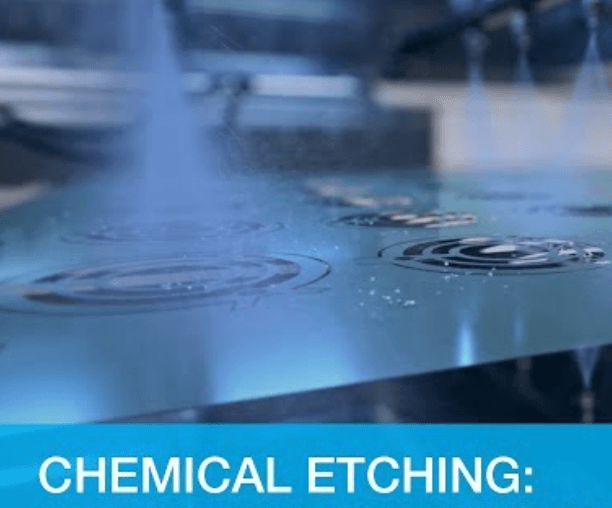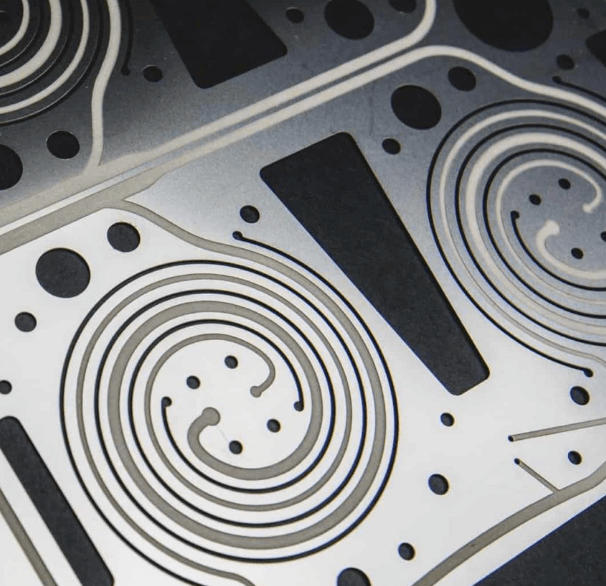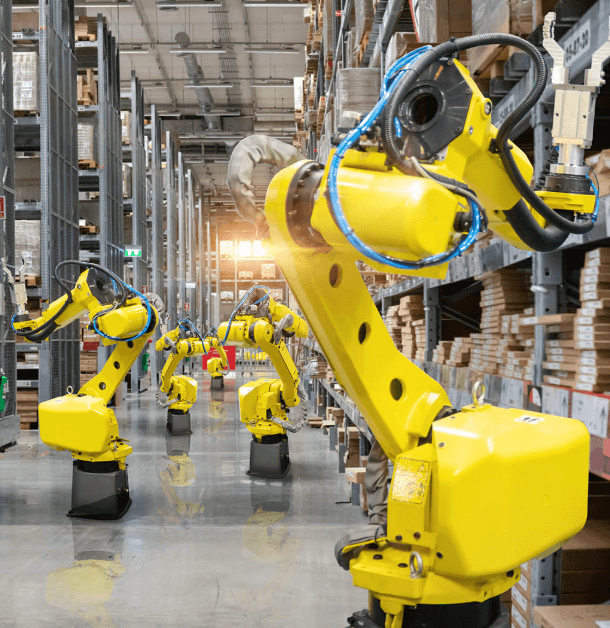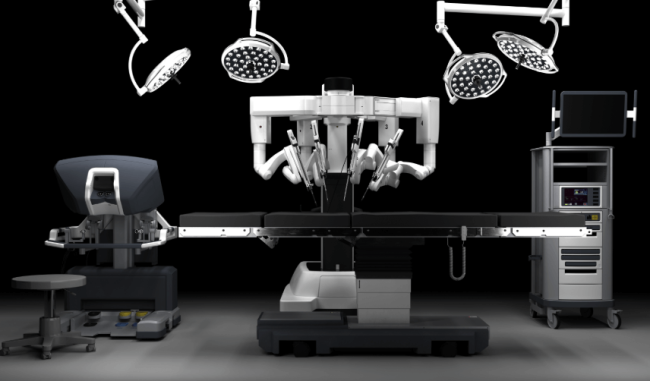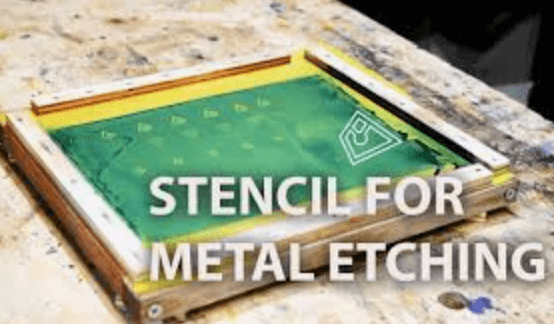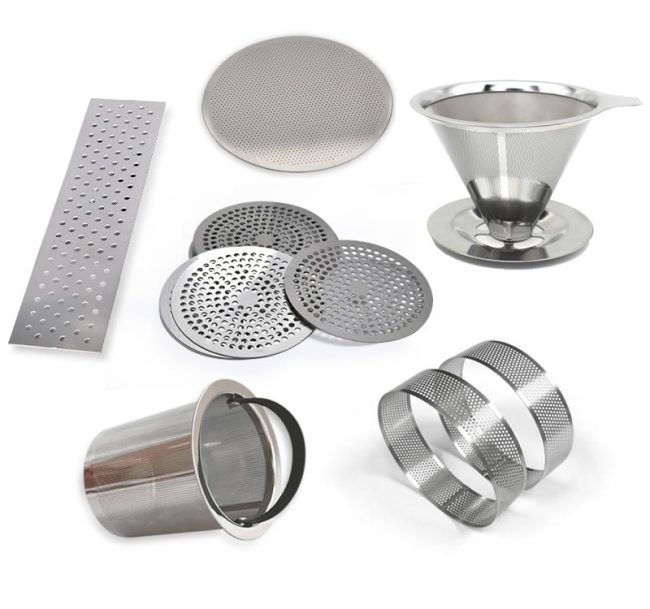I am Jody Zhang, I graduated from Wuhan University in 2000. I am an automation engineer with 24 years of experience, in charge of writing content for Xinketching. I am willing use my experiences to create reliable and necessary metal etching information to help our readers. We welcome readers to engage with us on various topics related to metal manufacturing. Please feel free to share your thoughts and questions on these subjects with us. We look forward to hearing from you!
In the evolving landscape of manufacturing, precision, efficiency, and versatility are paramount. While traditional methods like laser cutting, mechanical machining, and stamping have long dominated, chemical etching emerges as a superior alternative for specific applications. This article explores the advantages of chemical etching, contrasting it with conventional techniques to highlight its growing prominence in industries…
The selection of materials in robotics is a critical decision that influences performance, durability, cost, and manufacturability. Among metals, titanium and aluminum are widely used due to their unique properties. However, their suitability depends heavily on the application and manufacturing processes like chemical etching, which shapes and functionalizes components. This article explores why material choice matters by comparing titanium and…
In the dynamic world of robotics, durability and reliability are paramount. Wear resistance, often overlooked, is critical for maintaining performance in moving parts like gears, joints, and actuators. Etching, a versatile surface treatment, emerges as a silent hero by enhancing wear resistance through innovative material modifications. This article explores how etching techniques fortify robotic components,…
The manufacturing landscape is undergoing a transformative shift with the integration of collaborative robots (cobots). These robots, designed to work alongside humans, are revolutionizing industries by enhancing precision, safety, and efficiency. In metal etching—a process critical to sectors like aerospace, electronics, and medical devices—cobots are paving the way for stress-free manufacturing. This article explores how…
In the rapidly evolving field of robotics, manufacturers face the dual challenge of reducing costs while maintaining high precision and durability. Metal etching, a subtractive manufacturing process, has emerged as a key solution, offering a unique balance between affordability and quality. This article explores how metal etching achieves this equilibrium, its advantages over traditional methods,…
The robotics industry is undergoing a paradigm shift toward sustainability, driven by global environmental regulations, consumer demand, and corporate social responsibility. Sustainable robotics emphasizes reducing the environmental footprint of robots throughout their lifecycle—from design and manufacturing to disposal. A critical yet often overlooked component of this shift is the adoption of eco-friendly manufacturing processes, particularly metal…
Introduction The field of surgical robotics has seen exponential growth over the past decade, driven by advancements in precision engineering, artificial intelligence, and materials science. Among these innovations, metal etching has emerged as a cornerstone technology, enabling the production of ultra-precise, miniaturized components critical to the next generation of robotic surgical systems. This article explores how metal…
Eted metallic washer shims are precision-engineered components designed to address alignment, spacing, and load distribution challenges in various industrial applications. Crafted from high-quality metals, these shims offer distinct advantages over non-metallic alternatives. This article explores their key benefits, applications, and why they are a preferred choice in demanding environments. 1. Material Superiority and Durability Eted…
Stencil etching is a microfabrication technique that employs a physical mask (stencil) to selectively remove material from a substrate. Unlike photolithography, which uses light-sensitive resists, stencil etching relies on direct patterning, offering unique benefits across industries. This article explores the key advantages of stencil etching, emphasizing its efficiency, versatility, and cost-effectiveness. 1. Cost-Effectiveness Stencil etching…
Chemical etching, a subtractive manufacturing process, uses controlled chemical reactions to remove material from metal sheets, creating intricate patterns. Achieving high precision tolerance—ensuring the final product matches design specifications—is critical for applications in electronics, aerospace, and medical devices. This article explores the key factors influencing precision in chemical etching and offers insights into optimizing the…


